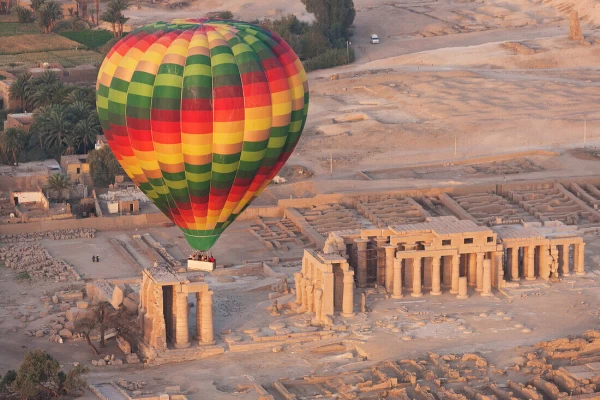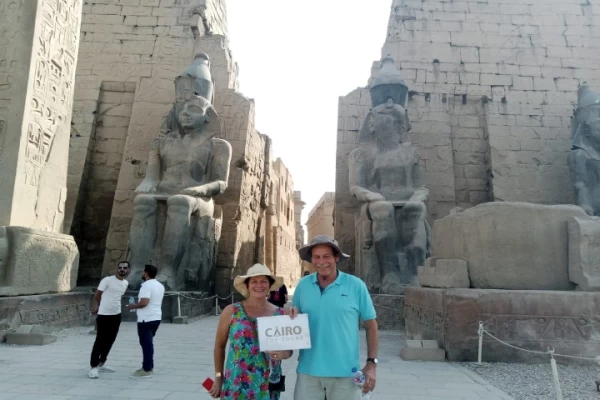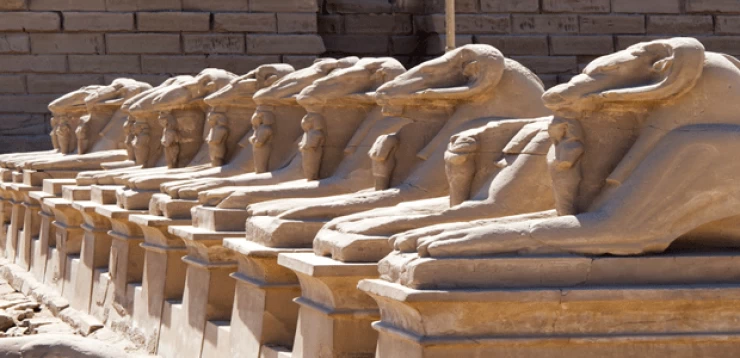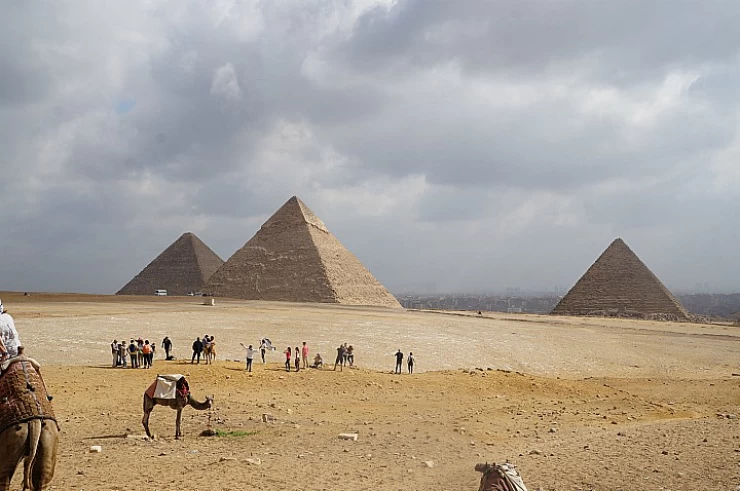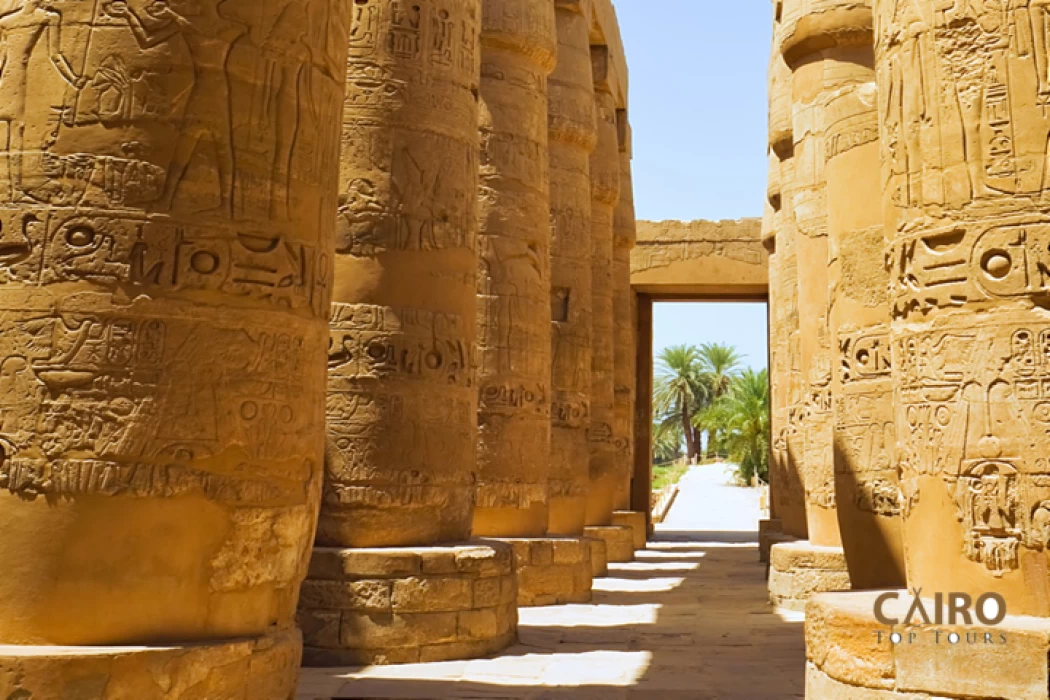
Karnak Temple | The Largest Egyptian Temple
Luxor's Karnak Temple
Karnak temple complex is a vast temple that is regarded as one of the oldest sites in the entire country of Egypt. The Temple complex in Cairo, besides the Giza Pyramids, is the only location that rivals in grandeur, comprising four main sections, with only one open to tourists.
The additional three sections consist of smaller temples dedicated to Mut, Monto, and Amenhotep IV (also known as Akhenaten) and are off-limits to visitors. Additionally, smaller sanctuaries and temples link the central section to the other three smaller sections within the temple.
Facts about the Karnak Temple
What is the reason for the Karnak Temple being renowned? When you explore the temple, you are exploring the core of the ancient Egyptian New Kingdom. Karnak temple in Luxor, the focal point of ancient Egyptian religion and administration, showcases its vast size and religious importance. It remains the grandest temple complex ever constructed by the New Kingdom Pharaohs, surpassing all others in different cultures.
Karnak, the largest monumental complex ever constructed, holds the utmost significance in ancient Egypt. Expanded by different ruling families, the growth of this site has persisted for more than a millennium and now consists of sacred places, gateways, and ancient stone monuments, serving as a living record of history.
Are you thinking about traveling to Egypt? On one of our tours starting from Cairo, you can visit Karnak Temple with Egypt Nile Cruise tours, which includes a stop at the temple on the east bank of Luxor.
The height of Karnak Temple was in the New Kingdom, with rulers like Hatshepsut, Ramses II, and others contributing to its expansion. Even leaders from the Greco-Roman era continued to build and restore the complex.
The construction of the temple at Karnak is a complex issue as it was built gradually by various kings, notably those from the New Kingdom such as Ramses II, Tutmosis III, Hatshpsut, Amenhotep III, Tutmosis I, Tutmosis II, and Akhenaton.
Alexander the Great constructed a temple for Amen in the Akh-Mnw (Festival Hall) of king Tutmosis III.
The primary temple dedicated to Amun includes the most famous parts of the entire temple complex, such as the Great Hypostyle Hall with 134 massive columns, known as the most spectacular place in Egypt. Don't overlook the excavations and wall inscriptions when you visit.
Karnak Temple is the second largest ancient religious complex in the world, following Angkor Wat in Cambodia. It is also regarded as Egypt's second most popular historical attraction, following the Pyramids of Giza. The temple is divided into four primary sections: the courtyard of Amun-Ra, the precinct of Mut, the precinct of Montu, and the ruined temple of Amenhotep IV, as well as several smaller temples and shrines connecting Mut's precinct, Amun-Ra's temple, and Luxor Temple.
Every evening, there is a sound and light presentation held at Karnak temple, featuring multiple languages at three different showtimes. It is recommended to inquire with your tour guide or hotel about the languages used in each showing. The fantastic laser data display offers a wonderful opportunity to gain insight into the history of ancient Egypt.
You have the opportunity to discover additional information about a unique location known as the Red Chapel Of Hatshepsut. It is a location where you can sense and witness the incredible wonders of ancient Egypt.







